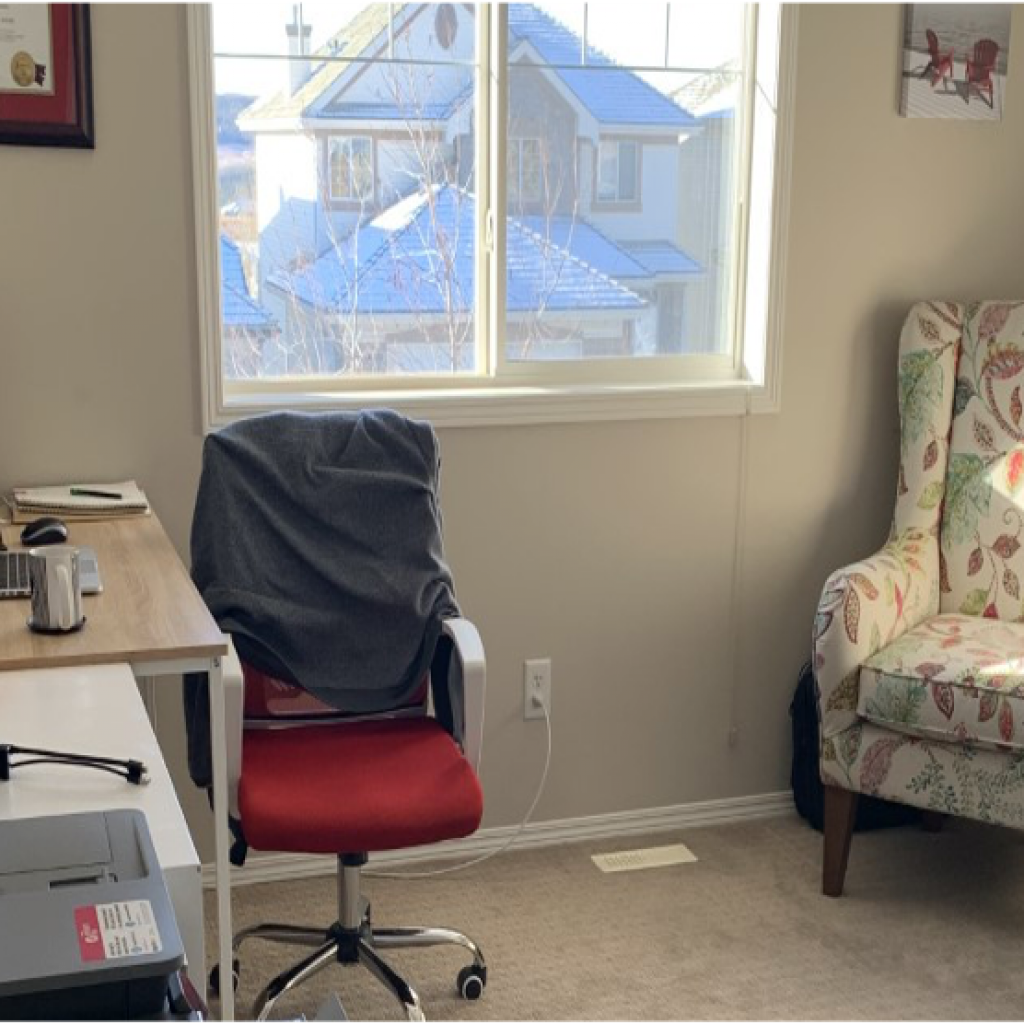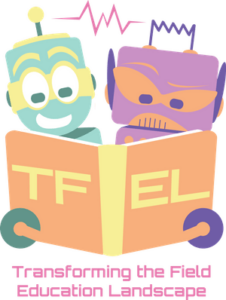Fall 2020 Field Image Showcase
Field Image Showcase
Fall 2020
The TFEL Project hosted the Fall Field Image Showcase in December. Students from all walks of social work came together to showcase a short narrative and image that encompassed their social work journey maneuvering through the current pandemic or their previous practicum experiences.
STUDENT SUBMISSIONS
Gourd of milk by Joan Bosire
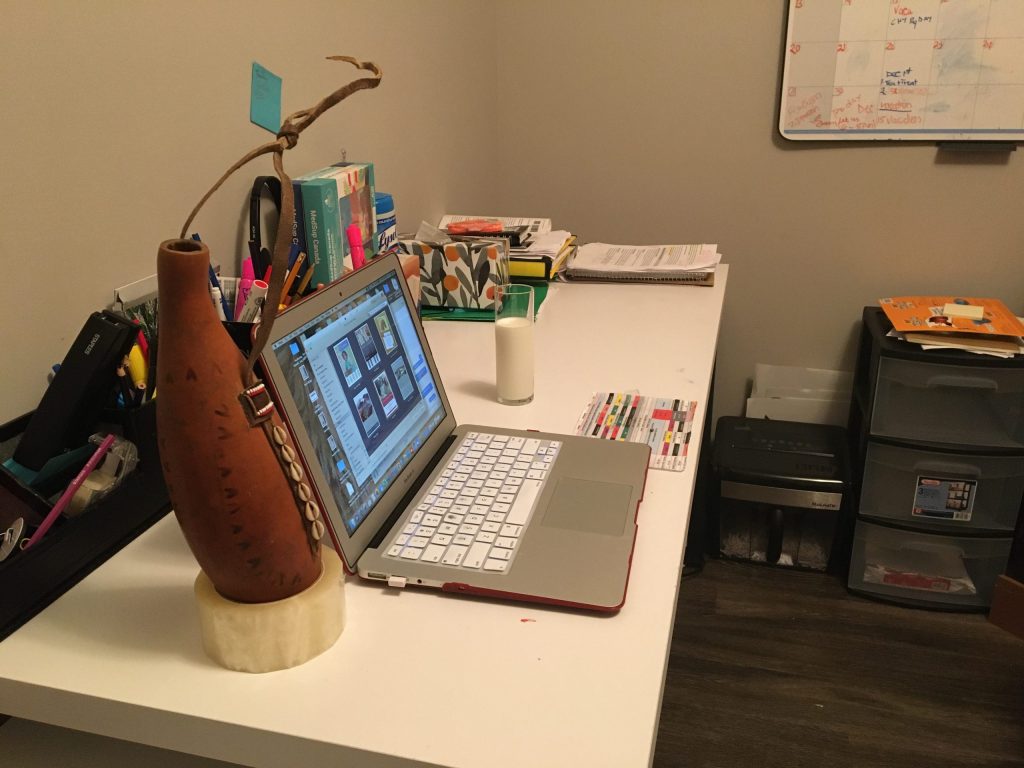
Growing up in a farm, my family relied on the land that produces the food crops and fed the animals so that we could always have milk and meat. Milk was used for everything and we enjoyed meals that were served with milk more than meals that were served with meat or vegetables. When I grew older, I realized milk was used for many purposes and in many ceremonies. What I found most intriguing was when an individual, who had gone for further studies abroad, returned back after several years and was welcomed by family and friends at the airport. They always welcomed the individual with a specially made calabash gourd with milk (mursik). I could always imagine how the milk tasted and each time I observed any of them holding the gourd with a moustache of milk, I knew deep down that I would do the same thing, drink the milk right from the gourd.
My journey in the school of social work has been busy, long and challenging, and I am eager for the finish line. In as much as I feel passionate about completing the program, I am anxious for what lays ahead but I am also excited to embark on the new journey and face the challenges that lay ahead. My greatest desire after completing the program and once the pandemic is under control is to visit my mother and see my whole family welcome me with a gourd of milk at the airport and I will truly drink and enjoy it knowing that I surely deserve it after all these years.
Multipurpose Room A by Hilary Daum
Welcome to multipurpose room A. Prior to Covid-19, I worked in buildings which often contained rooms with the title of multipurpose rooms. This room in the photo used to be called a dining room pre-covid-19. Now it can be called nothing other than a multipurpose room. This room is now where I sit to complete my practicum. This room is shared with the five other people I live with who also utilize this space. It is a dining room, an office, a craft room, a classroom, and a meeting room.
Completing a practicum in a busy home is not without its challenges, however, I am very grateful to have access to multipurpose room A. I have been very fortunate to find a remote field experience that provides me the freedom to work from home. I have gained many new understandings and experiences in Multipurpose Room A. I am completing a research practicum which is a very fresh and enriching experience for me, one that I would not have had pre-covid-19 and one that I will be forever grateful for.
I have the ability to meet virtually with my teams, complete my deliverables, and care for my family, all from the comfort of Multipurpose Room A. I can see the sun shining in through the windows and hear the sounds of the birds chirping as I work away. Most multipurpose rooms, in my experience, are in the inner walls of an office building and don’t afford such comforts as my windows provide. This access to the outside reality has helped to keep me grounded as I work and live inside the virtual world of Microsoft teams and zoom while completing my practicum during the day.
The ability to work remotely is amazing, and I am forever appreciative for the technology I have access to. The freedom it provides is unparalleled and the privilege I have is not lost on me. How wonderful it is to live in this time and place, where I have a roof, electricity, internet, a laptop, a Multipurpose Room A, a family, and the ability to connect to my practicum online. I am a very fortunate person to be living in this day and age, to be studying with this university, and to be involved with this team, working through the myriad of challenges each day brings in my very own Multi-purpose Room A.
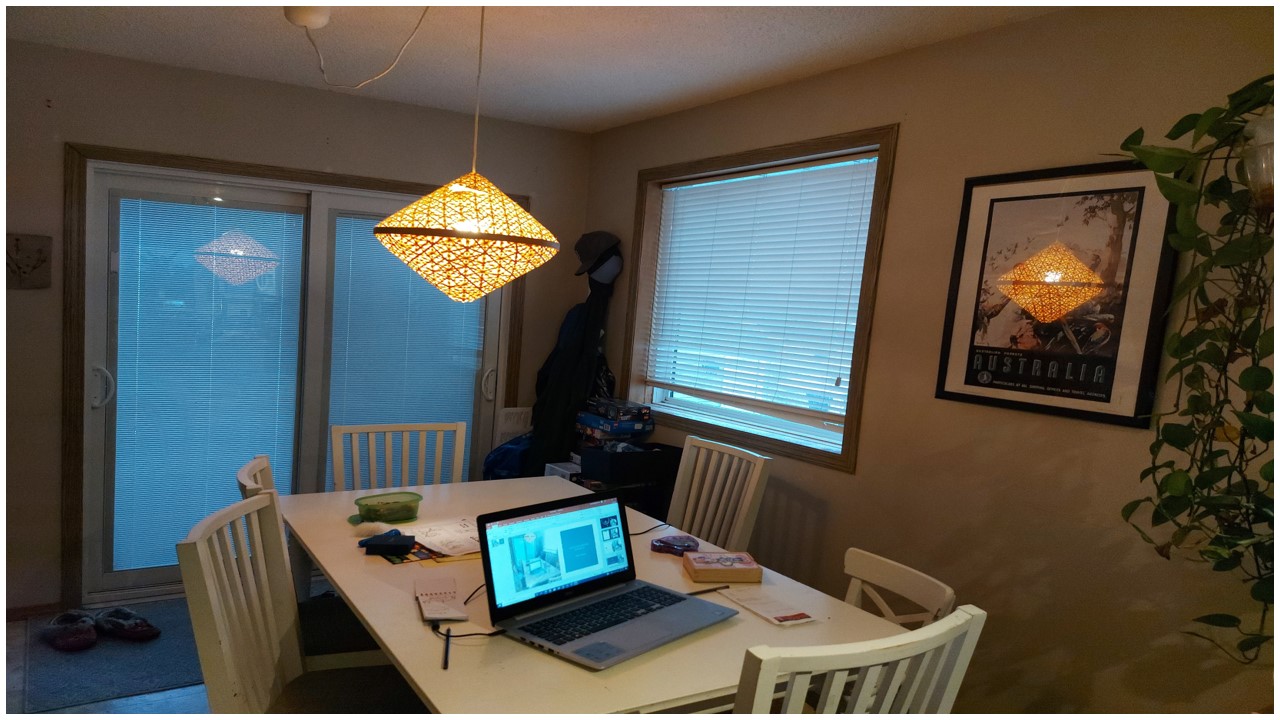
D&D During COVID by Clarissa Foss
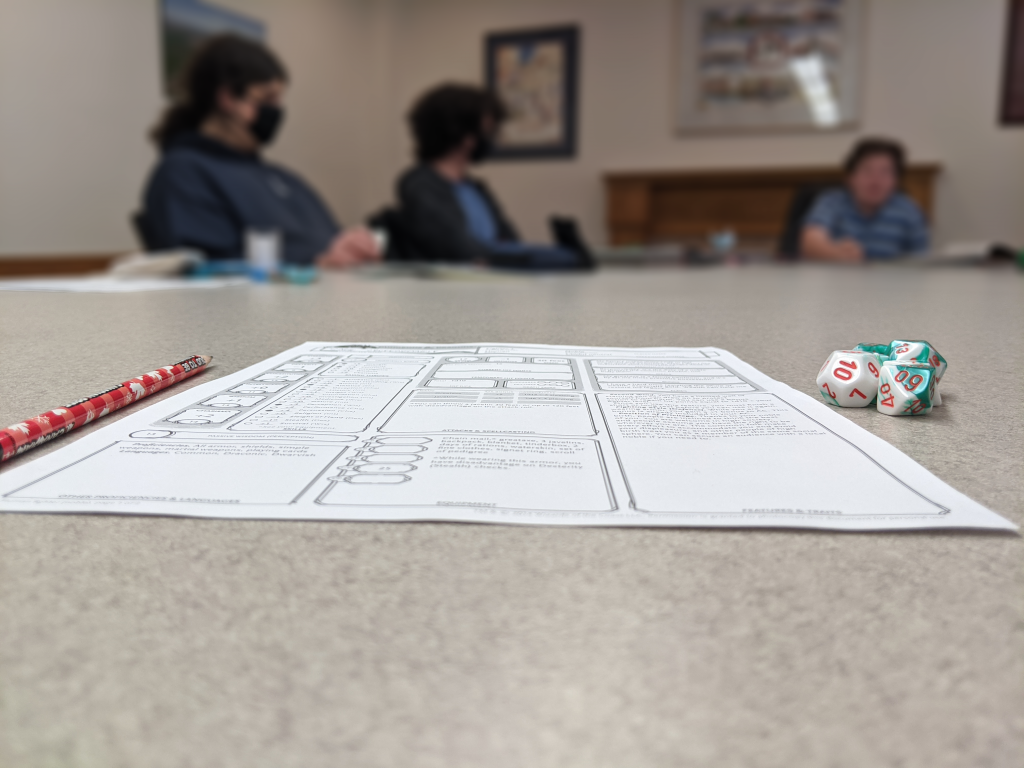
At the beginning of my practicum, my supervisor asked me if I could think of a program for teens in our community. Family and Community Support Services is where I am doing my practicum and they strive to focus programming on underserved populations in the community. I have lived in my community for a decade and I grew up here so I had a pretty good idea of what programs are offered and who is left out. I blurted out that a good idea for underserved teens might be Dungeons and Dragons. I said that I thought this program would appeal to the kids who don’t play organized sports or sing in the High School choir. My colleague piped in and said that we hear a lot about kids who fall into this gap in programming. My supervisor looked at me and said that she wasn’t sure if D&D would meet FCSS’s outcome requirements. I went on to explain that D&D is a role-playing game that requires creativity, risk-taking, working together as a group, problem-solving and math skills. Also, this would help teens to develop social skills and increase their social circles. I had won her over. She spoke with her supervisor and they were both excited about it. Then it was my turn to make this idea into a reality. I also serve on the Library board in my community. I asked our town librarian if they would be interested in partnering with FCSS to create a D&D club for teens. They were excited about it too and soon I was creating a poster, working out COVID guidelines and reaching out to the local schools to get the word out about the D&D club. We were hoping to get four kids out, but that first week, we got 9 kids. Watching the kids interact was the best part. Youth who knew more about the game helped those who were new to create the characters that they would use. At the end of the two-hour program, one youth put his hand on my shoulder and said, “This was a great idea, thank you.”
Where I do disaster research 8 hours a day! by Bonita Lewin
I had four bedrooms in my home and now I have three. The fourth bedroom has become an “office”. I spend a minimum of eight hours a day in this office working, attending class, completing assignments and doing practicum hours. Prior to my practicum I only spent eight hours a day in a bedroom when I was sick and now COVID-19 is making other people sick and me spend eight hours a day in a bedroom that I call an office.
Setting up this room as an office took more than eight hours, as I waited for furniture and then had to build the furniture. I waited for my employer to provide me a monitor as I wanted to see more than one document at the same time. I was provided a monitor, but it was not compatible with my personal laptop and I had to improvise and found a 17” television to use as a monitor. Now for eight hours a day seven days a week I work in this office on two laptops and three screens.
I come into this office four days a week to work for my employer on disaster policy for eight hours a day. I work on documents and connect with colleagues as I sit in my red chair. I picked a red chair as I wanted to create an engaging office and felt color would keep me motivated. Three days a week for eight hours a day I come into the office to do schoolwork and practicum hours.
When I move to eight hours a day three days a week for school or practicum, I close my office laptop and open my personal laptop and use the television as an extra screen. There are moments when I wish I could use this room as a bedroom again and watch television rather than work. But those moments do not last that long and when they come, I often move to my thinking chair to reflect on what I was doing or read an article or book about the role of social workers in disasters. Eight hours a day on these three days are often not long enough as I feel the sunshine on my back and see the foothills between my neighbours houses. I get to meet new people, learn about the role of social workers in disasters, and connect theory and research to my social work practice. But I stop after eight hours to take a break and spend time with my family.
In the three days I spend on practicum and schoolwork I am making connections with social workers. I am meeting social workers through the Transforming the Field Education Landscape (TFEL) project as my supervisor is the lead of this project. This connection has provided me an opportunity to learn about group supervision and how to conduct a qualitative interview and discuss social work ethics and advocacy.
I am expanding my knowledge on the role of social workers in disasters by writing a journal article, learning how to analyze qualitative interviews and developing survey questions. In September I co-authored an article for the British Social Work Journal on the role of social workers in disasters with my supervisor and another research assistant. My supervisor and her research assistants interviewed 40 social workers who assisted in the 2016 Northern Alberta wildfires and now I am analyzing those interviews by using a software program called NVivo. I am using the information from those interviews to develop survey questions to get a better understanding on the role of social workers in disasters. I want to gain knowledge from a variety of social workers on their perception of the role of social workers in disasters and that is why survey participants do not need to have disaster experience.
In my eight hours I am establishing my social work practice and learning how climate change and human behaviour are influencing disasters. I am identifying my anti-oppressive practice by attending workshops on racism and colonialism. I have identified that I use a person-centred, strength-based, and narrative approach in my practice. I am reading about eco-social and green social work to obtain an understanding on climate change and human behaviour in the context of disasters. The breadth of knowledge I am getting on the role of social workers in disasters, social work theories and approaches and how human behaviour and climate impact disasters is making me aware of how important research and theories are in the social work profession.
Working eight hours a day seven days a week is making me aware of who I am as a learner and it is instilling self-care into my day, or as I like to call it “me time”. I now realize that I am productive without being around people and that I can learn on my own. I end my day after eight hours to have “me time” and do something other than research, like talking to my partner, watching television, or finishing a puzzle. I also learned how to make a bedroom into an office where I want to spend eight hours a day researching the role of social workers in disasters.
Once I complete eight hours a day in my office I push in my chair, look at my BSW degree to inspire me to come back the next day and close the door. My eight hours are done and now I get “me time” to take care of myself until I begin another eight hours tomorrow researching the role of social workers in disasters.
